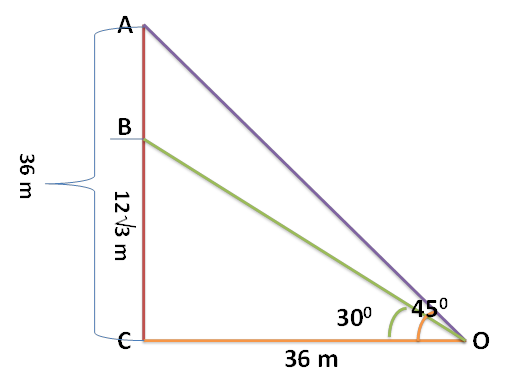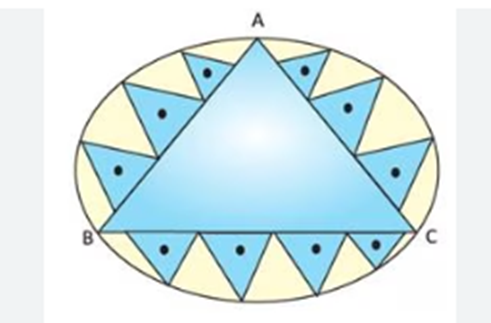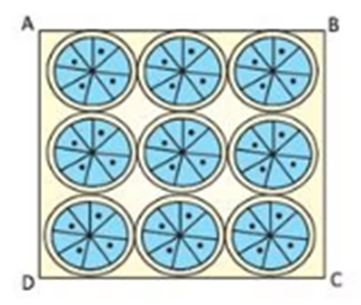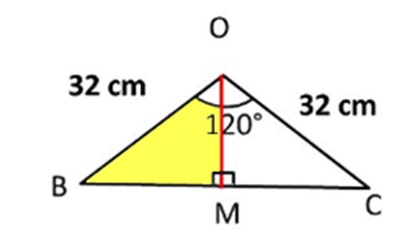Case Study Questions
Radio towers are used for transmitting a range of communication
services including radio and television. The tower will either act as an
antenna itself or support one or more antennas on its structure.
On a similar concept, a radio station tower was
built in two stations A and B (B vertically below A). The tower is supported by
wires AO and BO from a point O on the ground. Distance between the base C of
the tower and the point O is 36 m. From O, the angles of elevation of the tops of station B and station
A are 30º and 45º respectively.
Based on the above, answer the following questions :
(i) Find the height of station B.
(ii) Find the height of station A.
(iii) Find the length of the wire OA.
(iv) Find the length of the wire OB. (CBSE 2022 Set
2)
Solution:
Look at the figure, which we construct now
(i) Find the Height
of station B
So, we need to find the length of BC
We can take tan O
Tan 300 = ![]()
We know the value of tan 30 is 1/Ö3. Substitute the values

Cross
multiply, we get
BC = ![]() =
= ![]() = 12Ö3 m
= 12Ö3 m
Hence the length of tower B is 12Ö3 m.
(ii) Find the height of the station A
Here we want to find the length of AC.
CO is known and the angle is 450. So we take tan 45
Tan 450 =
![]()
tan 450 =
![]()
We know that tan450 = 1, so substitute the
values
1 = ![]()
AC =
36 m
Hence the height of tower A is 36 m.
(iii) Find the length of
OA
OA is the hypotenuse of the triangle AOC.
Here we know that the length of CO is 36 m and
length of AC is also 36 m.
Here we take sin 450.
i.e., ![]()
We know that sin450 = 1/Ö2. Substitute the values
![]()
Cross multiply, we get
AO = 36Ö2 m
Hence the length of the wire AO is 36Ö2 m.
(iv) Find the length of
the wire OB
Consider the triangle BCO. Here BC and
OC are known and we want to find OB. In
this case we take cos 300 .
Cos 300
= ![]()
We know that cost 300 =
![]() . Substitute the values, we get
. Substitute the values, we get
![]()
Cross multiply we get,
BO = ![]() =
= ![]() = 12 x 2 x Ö3
= 12 x 2 x Ö3
BO =
24 Ö3 m
Hence the length of the wire BO is 24Ö3 m
Summary of Answers:
(i) Height of station B = 12Ö3 m
(ii) Height of station A = 36
m
(iii) Length of the wire OA = 36Ö2 m
(iv) Length of the wire OB = 24Ö3 m




















